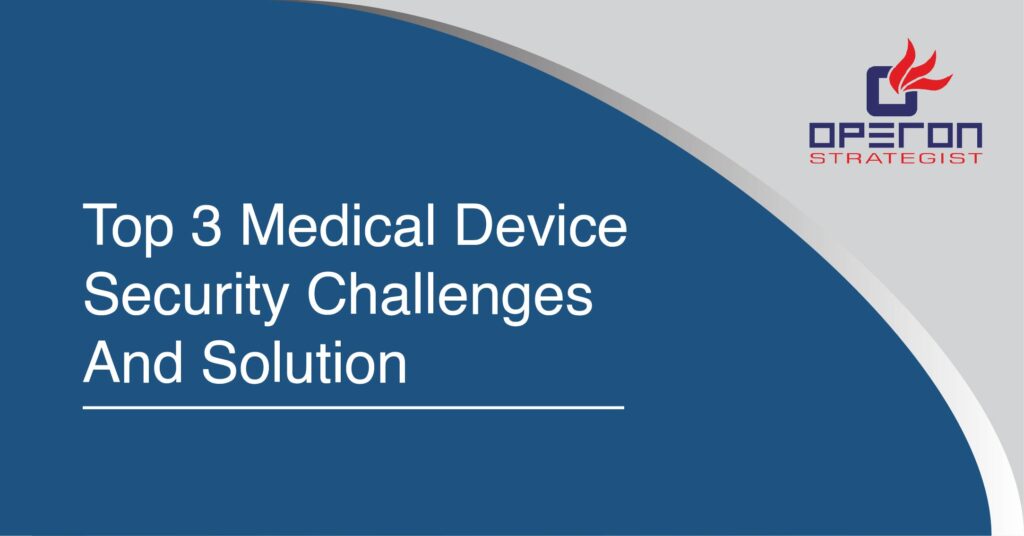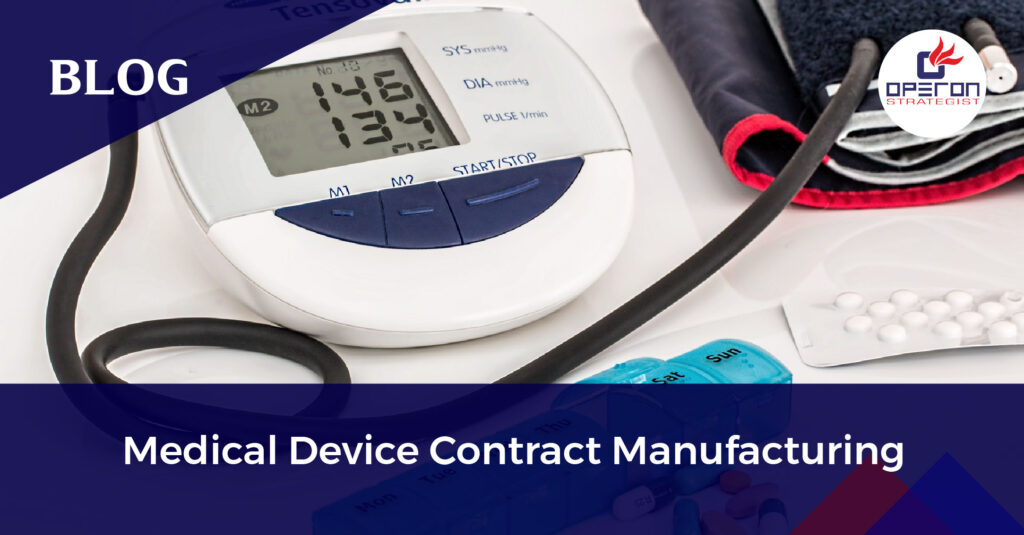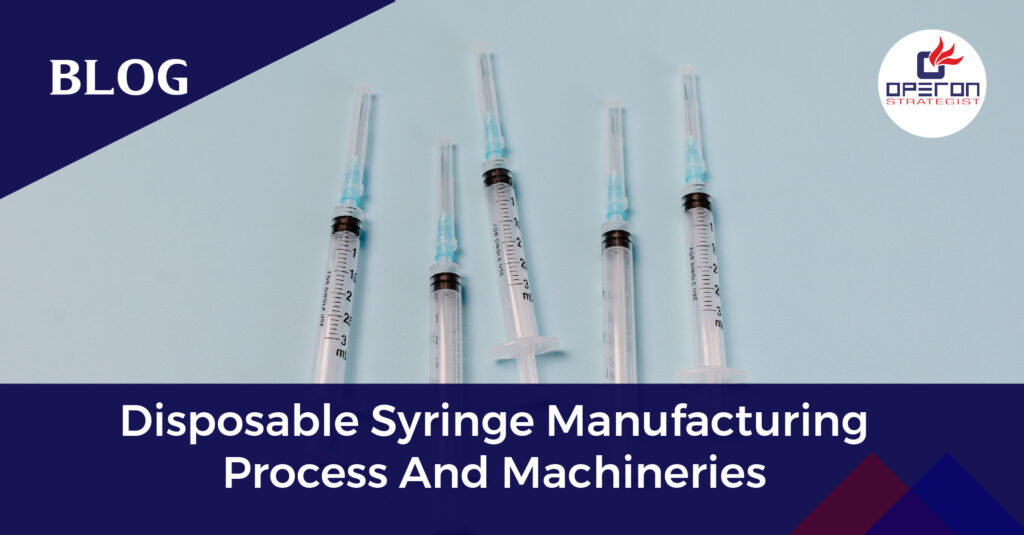Medical device businesses have been able to develop devices that provide better treatments, more precise diagnoses, increased data reporting capabilities, and overall better patient monitoring because to technological advancements in and around the sector.
Many industry professionals are concerned about the potential security risk for medical equipment as cyberattacks become more widespread and complicated. Let’s take a closer look at three of the most pressing concerns in medical device security today, as well as three potential solutions for avoiding a cyber disaster.
SECURITY CHALLENGE: DESIGNING MEDICAL DEVICES WITHOUT CYBERSECURITY:
Despite the fact that medical device is supposed to be safe, they often come with cyber-security features like firewalls, two-factor authentication, or intrusion detection. Even if the device or software isn’t used to store any patient information, hackers may consider devices with weak security as a way to obtain access to huge healthcare databases and hospital systems.
Regulators are working to address these security issues with medical devices. following the discovery of a vulnerability that might possibly allow hackers to manipulate the quantity of insulin given, the FDA issued a warning about a line of insulin pumps in 2019.
SOLUTIONS: DESIGN CONTROLS AND FDA CYBERSECURITY GUIDANCE
Security best practises must be used in the design of connected devices. this is why the FDA issued two guideline documents to assist producers in achieving this goal during the premarket phase:
- Premarket Submissions for Software Contained in Medical Devices
- Cybersecurity for Networked Medical Devices Containing Off-the-Shelf (OTS) Software
The FDA has provided a non-exhaustive list of methods manufacturers might improve medical device security protections:
- Two-factor authentication
- Restricting unauthorized access to medical devices
- Implement firewalls that are both adequate and up-to-date
- Monitoring network activity for unauthorized use
- Disabling all unnecessary ports and services
- identification of off-the-shelf software, if appropriate.
- Virus protection when necessary
- Encryption of sensitive data.
SECURITY CHALLEGE: INTEROPERABILITY OF MEDICAL DEVICES AND REPLICATION CYBERATTACKS
When a hacker steals critical credentials and security keys from one device linked to a network, also known as a node, they can then use that information to gain access to all other devices on that network. With each additional stakeholder and device, the chance of this increasing exponentially.
SOLUTIONS: INVENTORY MANAGEMENT SYSTEMS & NETWORK SEGMENTATION
ON THE DEVICE side of things, two significant security measures may be used to combat replication assaults. Tracking devices and people is a powerful tool for detecting security flaws that would-be hackers could exploit.
Unique Device Indicators (UDI) are a great approach for purchasers to get help with their own inventory management systems.
Virtual LANS, which use simple permissions logic to divide traffic at the switch level, and subnets, which restrict and control traffic at the IP level. Breaking them down into appropriate groupings should make it simpler to visualise.
SECURITY CHALLANGE: UPDATES TO SOFTWARE-BASED MEDICAL DEVICES
Any software product’s lifespan must include security fixes. When it comes to upgrading medical device software, the stakes are significantly greater than when it comes to non-medical equipment like laptops or smartphones; in extreme circumstances, a cybersecurity blunder might result in patient injury or even death.
It might be fatal if a software update to a pacemaker causes the device to go offline or fail. The same is true for lower-risk devices that have a failed update, which might lead to incorrect diagnosis or treatment.
SOLUTION: REGULATORY CONTROLS
As it comes to post market regulatory measures, the manufacturer is once again the one who bears the brunt of the responsibility. The documents of Post market Management of Cybersecurity in Medical Devices.
The FDA recommends that manufacturers create complete cybersecurity risk management strategies and follow all documented best practises outlined in this advisory 21 CFR Part 820 QSR. We have best experienced team who can guide you in documentation as per the requirement of 21CFR part 820 QSR. It also necessitates documented cybersecurity risk management plans that adhere to industry standards, like ISO 30111.
It is very important to choose secure QMS solution which may help you to design safer medical device with less risk. Cyberattackers attack on the patient’s data and customer records, manufacturer must ensure best design and documentation management system throughout the life cycle of medical device.
Operon Strategist medical device regulatory consultancy have best experienced team who will assist you to implement best and required QMS for your organization. More than just complying with rules is required when upgrading software; manufacturers must do a thorough risk assessment during software validation and for each update distributed.
-
adminhttps://operonstrategist.com/author/admin-2/
-
adminhttps://operonstrategist.com/author/admin-2/
-
adminhttps://operonstrategist.com/author/admin-2/
-
adminhttps://operonstrategist.com/author/admin-2/




